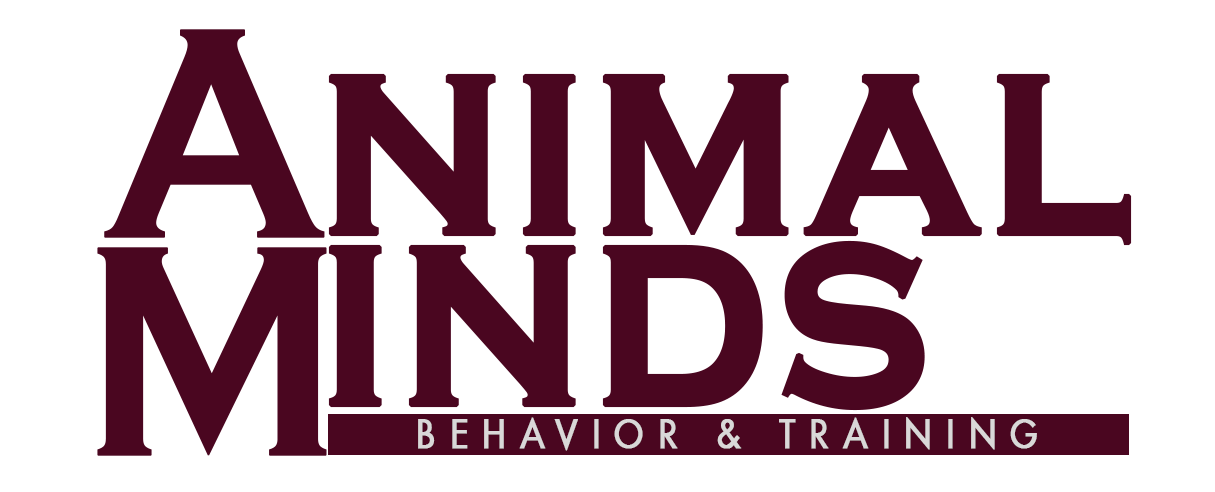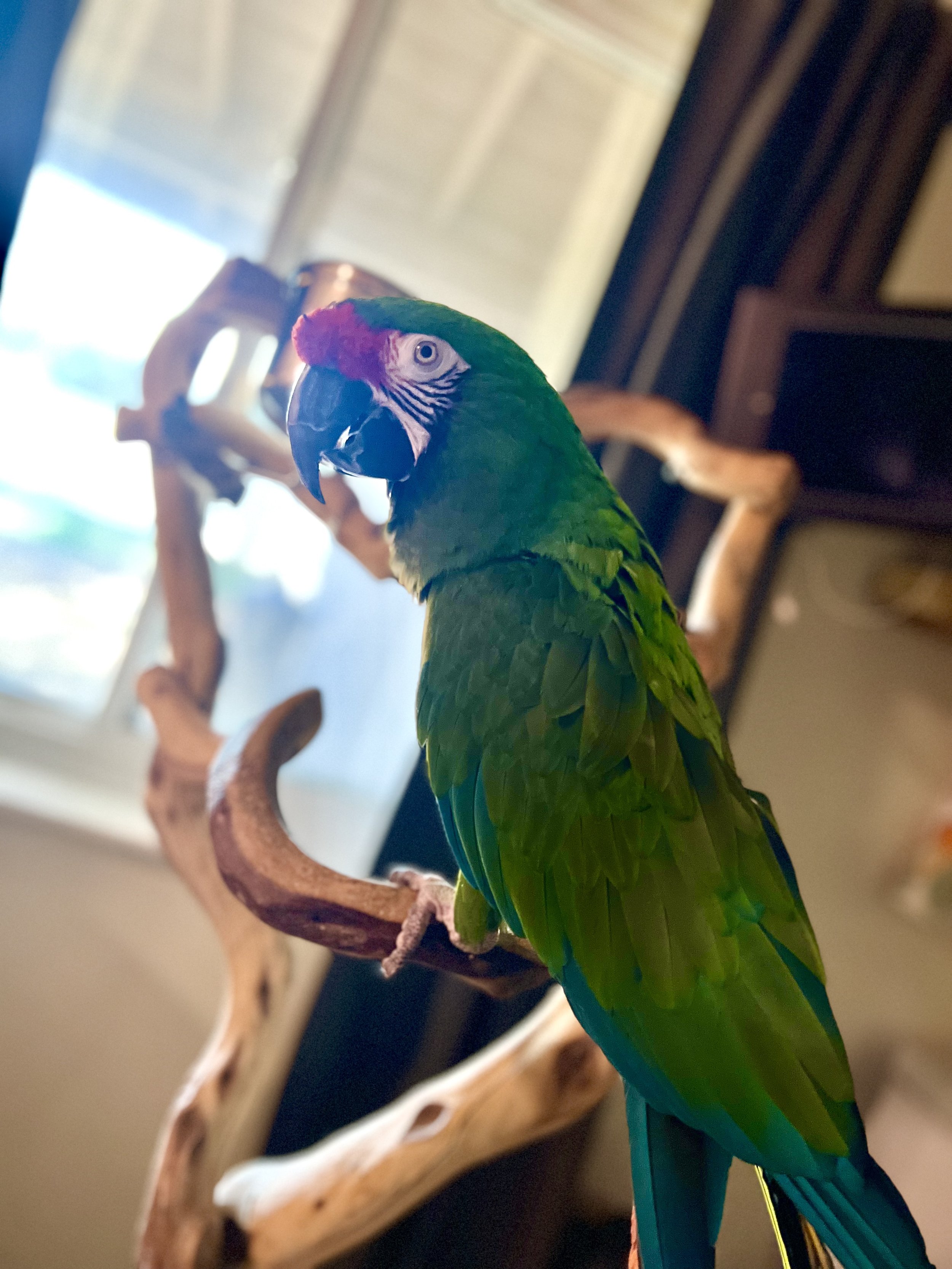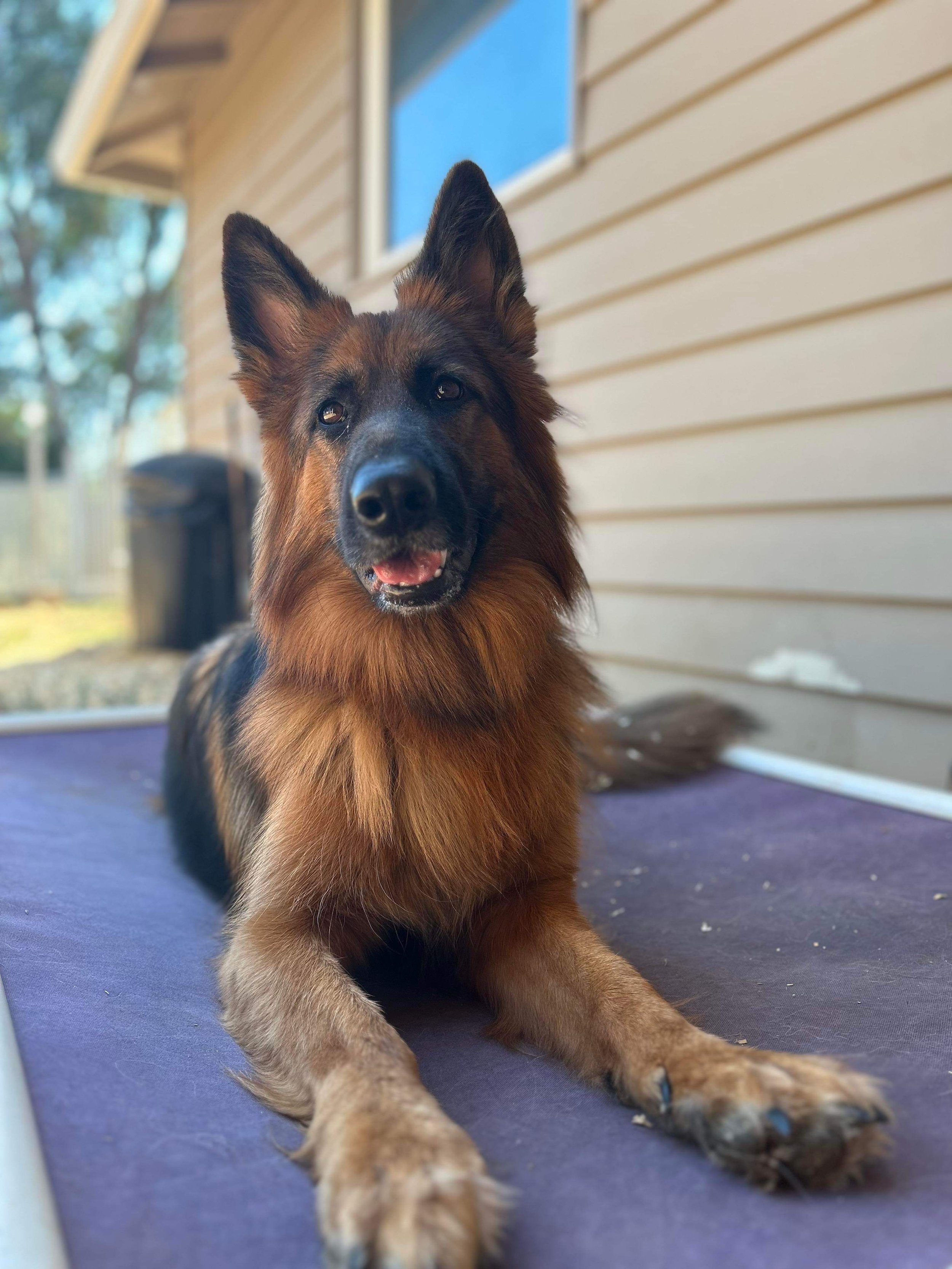As dog owners, we've likely experienced moments when our companions seem entirely absorbed in their own world, seemingly oblivious to our calls or commands. This phenomenon, known as auditory exclusion, plays a significant role in how dogs perceive and respond to stimuli, particularly in training scenarios. In this blog, I’d like to explore what auditory exclusion entails, how it influences a dog's behavior around distractions, and strategies for effective training.
First, let’s clarify what Auditory Exclusion is:
Auditory exclusion refers to a neurological process in which an individual's brain selectively filters out certain sounds or stimuli, often in high-stress or intense situations. In simpler terms, it's akin to "tuning out" irrelevant noises to focus on the task at hand. While commonly associated with humans during moments of extreme stress or danger, such as in combat or emergency situations, auditory exclusion also occurs in dogs, albeit in varying degrees. Things like genetics and breed type play a large role in the severity of this response as well. Some breeds (IE: Hounds and Terriers) are meant to do a job largely on their own with minimal human intervention. We follow them, they don’t generally follow us. Their natural focus is likely to be centered on the environment around them and tuning out their people. Breeds like Labs and Golden’s tend to be much more people centered and while hunting is a large part of their background as well, it was much more in partner WITH people than solo.
In the context of dog training, auditory exclusion can pose challenges, particularly when working with distractions or in environments with competing stimuli. A dog experiencing auditory exclusion may appear unresponsive to commands, seemingly deaf to their owner's calls or cues. This can be frustrating for owners and trainers alike, leading to a sense of helplessness or ineffectiveness.
These are some of the main factors I’ve experienced affecting a dogs response and when I’m most likely to see AE kick in:
Stress and Anxiety: Dogs experiencing heightened stress or anxiety are more likely to exhibit auditory exclusion as their focus narrows on perceived threats or triggers.
Novelty: Novel or unfamiliar stimuli can capture a dog's attention, causing them to "tune out" other auditory cues, including commands from their owner.
Arousal Level: Dogs in a state of heightened arousal, such as during play or excitement, may struggle to heed commands due to auditory exclusion.
Prioritization of Basic Needs: In situations where a dog's survival instincts are triggered, such as when chasing prey or escaping danger, auditory exclusion may occur as the brain prioritizes essential behaviors over learned commands.
That being said, there’s many things you can do to help your dog better respond in these situations.
Build a Strong Foundation: Establishing a solid foundation of obedience commands in low-distraction environments lays the groundwork for success when faced with distractions.
Gradual Exposure: Gradually expose dogs to increasingly distracting stimuli, allowing them to acclimate and learn to maintain focus despite external distractions.
Positive Reinforcement: Reinforce the behaviors you want to see with high value items (food, toys, attention) as it can help both condition new responses and raise the value of interaction with you.
Learn to Manage Arousal Levels: Monitor and manage the dog's arousal levels during training sessions to prevent auditory exclusion associated with heightened excitement or stress.
Patience and Persistence: Understand that training around distractions takes time and patience. Consistent practice, coupled with patience and persistence, will yield results over time.
Auditory exclusion is a natural phenomenon that influences how dogs perceive and respond to auditory stimuli, especially during training sessions in distracting environments. By understanding this concept and implementing effective training strategies, dog owners and trainers can navigate challenges posed by auditory filtering, foster focus and engagement, and ultimately strengthen the bond between dogs and their human companions. With patience, consistency, and a keen understanding of canine behavior, training around distractions can become a rewarding and enriching experience for both dogs and their owners.













